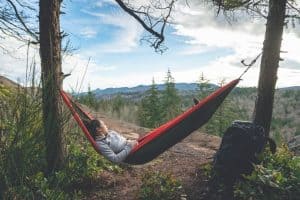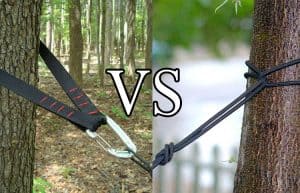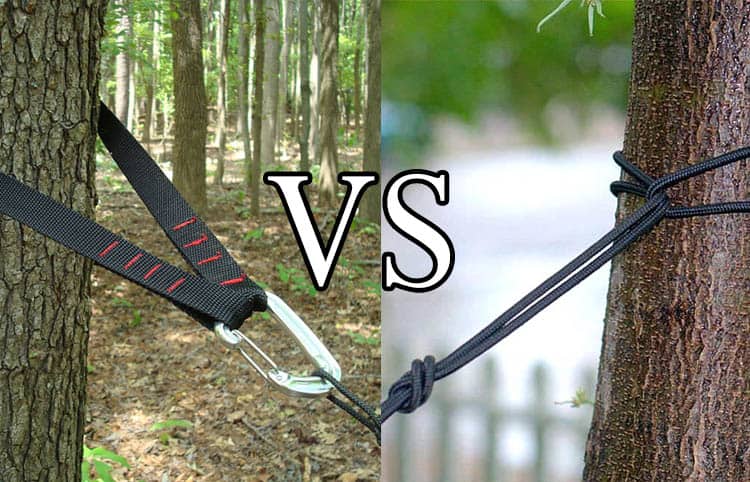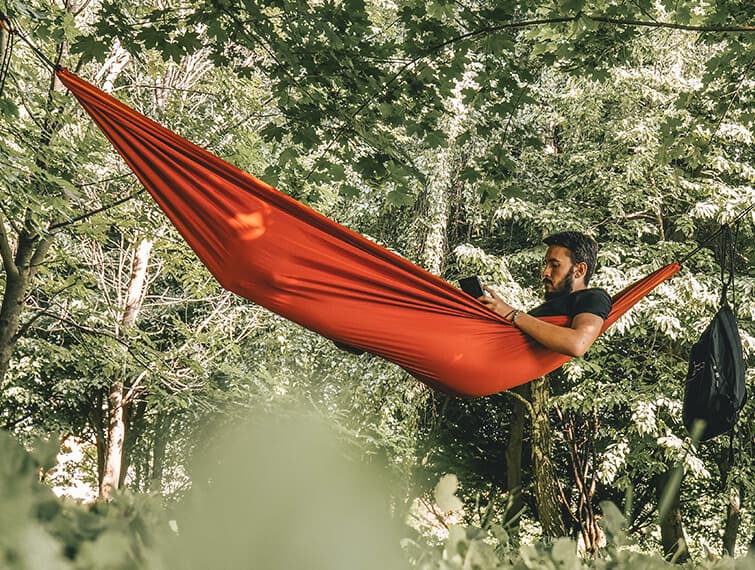For most outdoor enthusiasts, a major turn off when going for hammock camping is the primary reason that weather conditions are unpredictable and staying dry can be a problem. As a matter of fact, a lot of people have nightmares when setting up camping hammocks and watching in horror as their hard work and effort is ruined because of the rain.
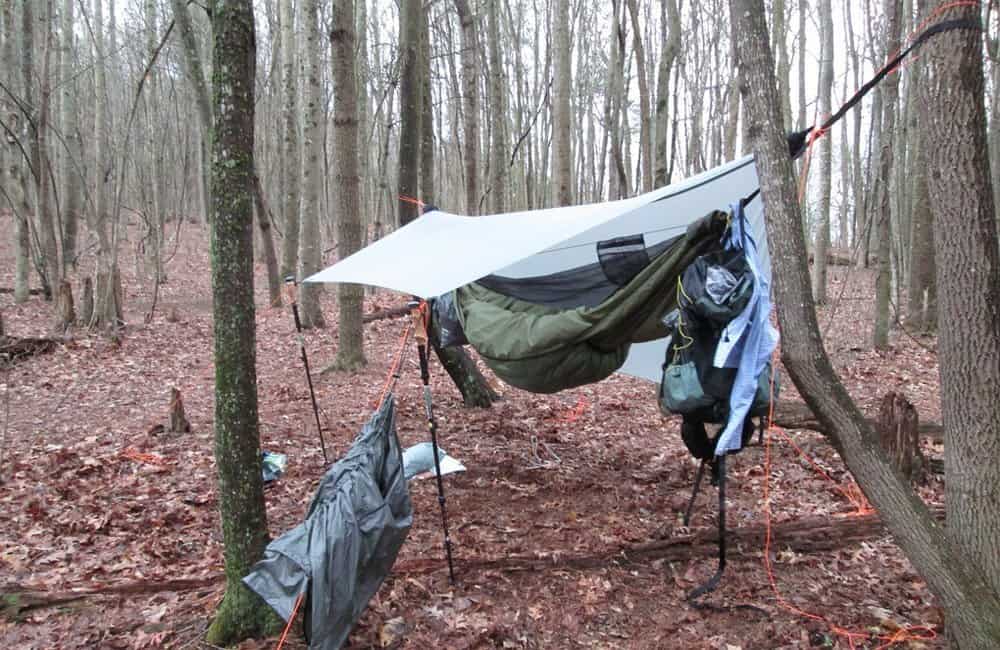
Fortunately, it isn’t a common issue if you are prepared. The only thing you need is Hammock Tarp. Depending on your preferences, you may buy or make one for yourself. There are various types of tarps for various situations, so you have many tarps to choose from when making your choice.
Specialized VS Traditional
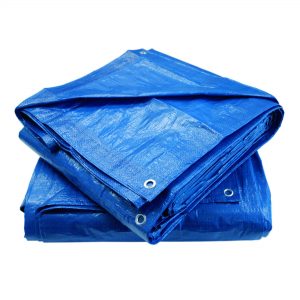
If you’re one of those who enjoy the simple method or easy to setup approach, you may just consider buying an ordinary blue polyethylene tarp from the local hardware store. The problem is the tarp weight and would weigh down the pack. It’s a bad idea for the hikers.
Specialized rain fly are designed from the materials called polyurethane treated nylon or silnylon, which is lightweight waterproof. These can also be cut into various shapes that are suited for several preferences. Basically, they’re the upgrade of the blue tarp.
Fun Outdoor Quiz
Others prefer the full extra coverage while some prefer less. There isn’t any right answer since it’s basically a matter of opinion, yet height, weight, versatility should be factored into your decisions. Majority of people want winter tarps. Such hammock tarps are ideal for camping and come with added flaps or doors. These provide a full coverage and would protect you from any kind of weather. Usually, they’re hexagonal tarps with some added doors or flaps. Several manufacturers sell the hex tarps with extra doors for convenience.
Generally, people prefer bigger tarps since they offer more privacy and added protection from the elements. But, bigger tarps are much heavier and need more hardware like guy lines, stakes, and so on. Rectangular and square shaped tarps with the tie lines enable better pitching options than some tarps.
What Size of Hammock Rain Tarps is Best for You?
Whatever tarp you pick, the rule of thumb is that tarp must extend 6 to 12 inches beyond every end of the hammock. A tarp with 8×10 ft size can be about thirty-nine degrees, providing a ridgeline of 13 ft. It’s an ample space for majority of the tarps and must suit all your requirements.
Common Tarps for Hammocks You Can Consider
- Asymmetric Tarps – These will require you to sleep in line with tarps to get maximum coverage.
- Caternary Cut – The catenary-cut edges will keep the edges taut. Such kinds of tarps typically are costlier kind of tarp and have better ventilation. They’re also lightweight since they need lesser materials to construct.
- Diamond – It’s formed with the use of the square tarp turned at a particular angle. Super light and easy to pitch, such tarps are good to carrying around, yet it doesn’t provide much coverage compared to some tarps.
- Winter – It has doors or flaps and gives the most coverage.
- Rectangle – it offers a big amount of coverage, yet it doesn’t have protection at its end part. Usually, these tarps are set up in a parallel manner to hammocks and use 4 anchor points. Tarps are draped lengthwise and anchor points would be staked down to provide optimum coverage, yet ventilation is limited.
Some Things to Consider
Knowing the kind of weather conditions that you are heading into would also be of great help for you to make a wise decision of what kind of tarp you can buy. The factors to consider should be the weather conditions, season or if you are hiking, how fast you have to set up hammock.

Ridge Lines
When it comes to hammock camping, you have to set the tarp up once your camping hammock was hung up. Since the bad weather may catch you anytime and when you are ready, your sleeping place and gear would be bone dry when you are ready for turning in. The most essential part in setting up tarp is Ridge Lines. They fall under 2 various categories and these include end-only or continuous. The end-only lines may lessen the weight because of the rope’s elimination between the tarp tie-outs. The full length ridge lines may be tied under or on the tarp since they run the hammock’s entire length. It’s easier to center the tarp with full length ridge line since you may set the line and adjust tarp accordingly.
Guy Lines
Once ridge is already set, you may now proceed to setting the guy lines. Several tarps have 2 anchor points only and these are easy to set up. Some have a few and might take longer. Six-foot guy lines are the perfect length and would be the most user-friendly and versatile length. Put tarps low during bad weather condition to provide the best possible protection. Pull tarps wide open with the use of trekking poles or sticks to enjoy the majestic view or for better ventilation. You may also guy down the other side if you know which direction the rain or wind is coming to give yourself full protection and to turn it into the porch mode. You also have to take note to tie the drip line. With this, the water will drip down to the lowest point. If you forgot to set up the drip line, you’ll wake up with wet clothes and your hard work will be just a waste due to this simple mistake that most people often neglect. If you don’t want this to happen to you, make sure to keep drip line in mind always.
The Bottom Line
There are numerous perks of hammock camping that will surely leave you wondering how you survived in tents at the first place. Never let the weather conditions hinder you and take out the tarp. Learn the different ways to stay dry when camping with hammocks and see the difference yourself.



